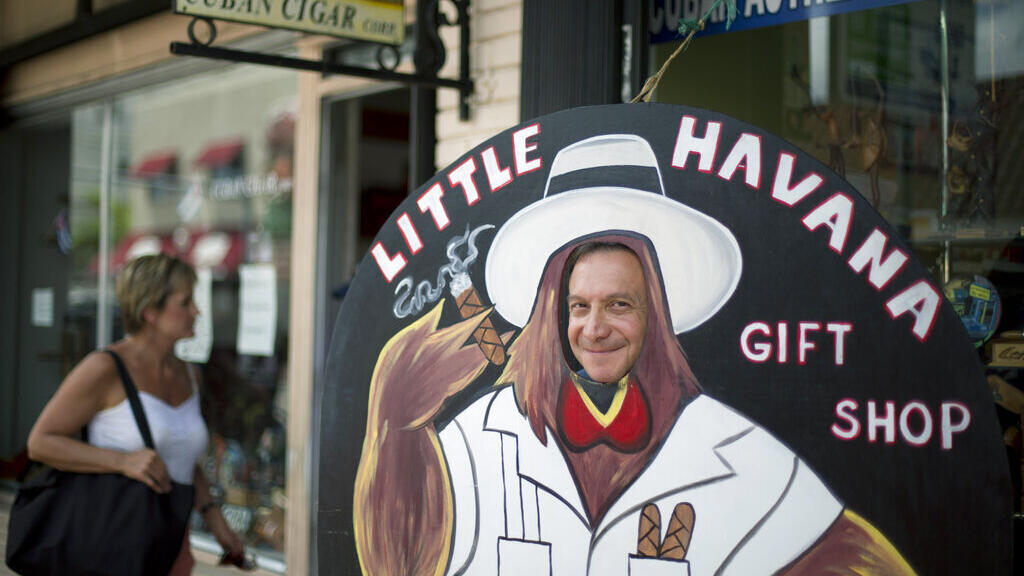An investigation in the US reveals the existence of a new dialect: Miamian English. RFI spoke with the Florida International University professor of linguistics and discoverer of this language find.
RFI: An investigation in the United States reveals the existence of a new dialect. Philip Carter, according to his study, the particularity of Miami English, which may sound strange in the rest of the country, is that it is made up of copies of Spanish. What are calcs?
Phillip Carter: A calque is a direct translation from one language to another. It is different from a loan. A loan is when we take a word from one language and use it as it is in the other language. An example of tracing would be: “Get down from the car” in Spanish, outside of Miami in English you would say “Get out of the car”, but here you hear “Get down from the car”, which is literally getting out of the car.
“Make the line”, in English it is said “Wait for the line”, but here in Miami you hear “To make the line” or “To make a party”. They are direct translations from Spanish.
Then there are also translations or semantic calques. For example, the word “invitar” in Spanish has a much wider semantic range than in English. In Spanish you can say “I invite you to my party”, but also “I can invite you to a beer”. That semantic meaning does not exist with the verb “invite” outside of Miami, but you do hear “I invite you to the party” and also “I invite you the beer”.
RFI: You say that in Miami there is a dialect. Why does this become a dialect?
Phillip Carter: Because it is not just a phenomenon of immigrants. It is obvious that immigrants, when learning a new language, use their mother tongue a lot and do this type of translation. But, what happens when your children born in the new country, for example, here in the United States, or even your grandchildren use those phrases? In this case we say dialect because it is no longer a phenomenon of translations. It is already a speech structure of the people born here.
RFI: So it’s an idiomatic structure that has been passed down from generation to generation.
Phillip Carter: Exactly. Once a structure is a word, a sound, a phoneme, an aspect of grammar, it is learned in the speech of people born in a certain place. It is no longer a foreign trait. In that case it is a distinctive feature of a native dialect of the language.
RFI: What’s the difference between this dialect and US Spanglish? That is, the Latin American Cuban migrants who spoke Spanish very mixed with English words or English phrases.
Phillip Carter: Spanglish is a code change, it’s a mix. It is to switch between one language and the other, between Spanish and English. There are many different ways to speak Spanglish. The Spanglish of Miami is not the Spanglish that is heard in New York, nor is it the Spanglish that is heard in Texas, in California.
Miami has a dialect of English itself that has formed, which has developed in a bilingual context whereby it is phonetically, lexically, and grammatically influenced by Spanish. That influence can be very slight, very light, not very noticeable, but it is there and it is spoken among people, even if they do not speak Spanglish at all.
I mean, there are people here in the third generation of Cuban-Americans who speak English, they prefer to speak English and even if they speak a little Spanish and understand Spanish, they don’t speak Spanglish.















